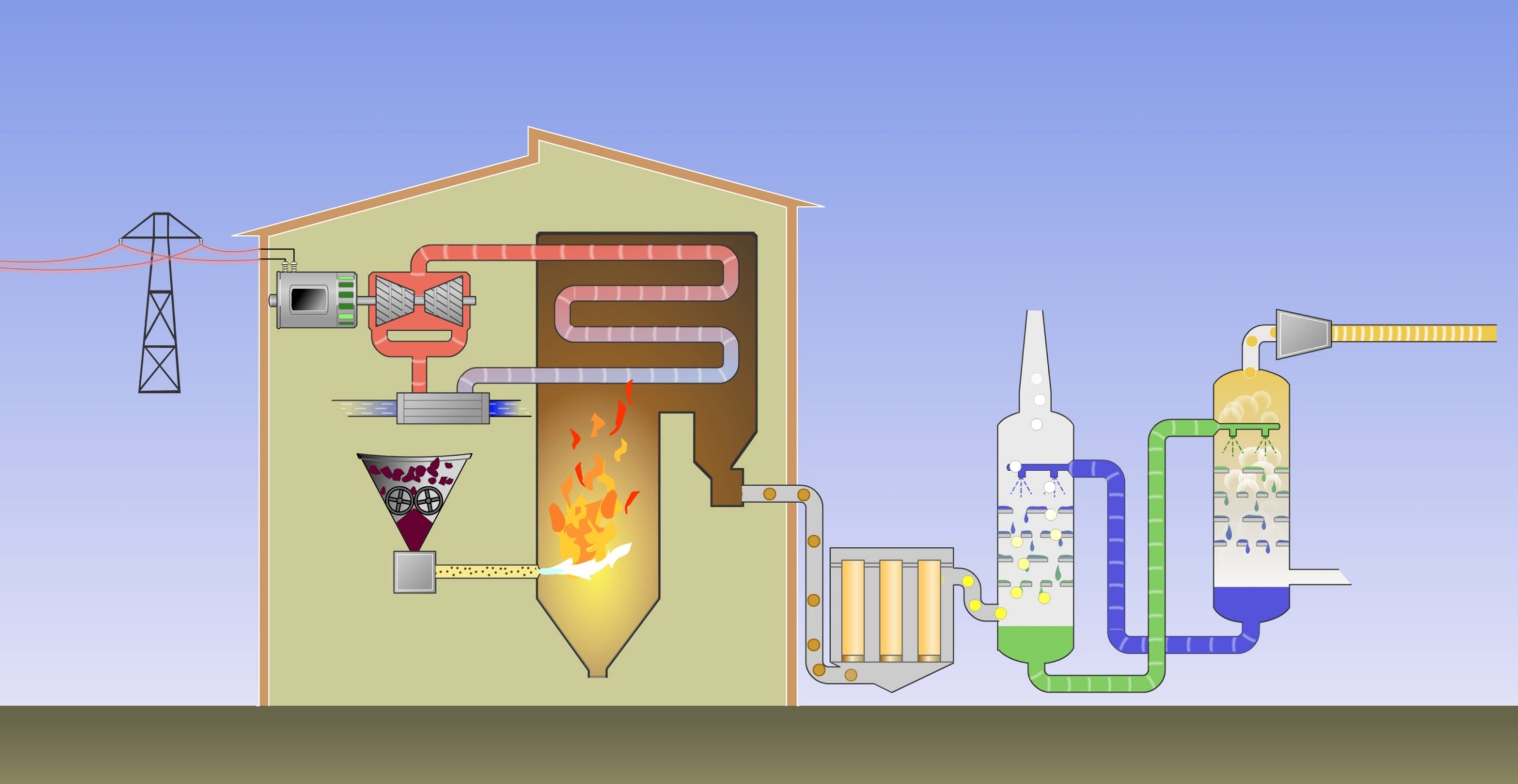No other country among the G7 nations is betting so big on Carbon Capture and Storage (CCS) as Japan to help reduce GHG emissions in hard-to-abate industries such as cement and steel production, as well as power generation.
However, Japan faces challenges in CCS deployment within its borders due to a domestic expert assessment that says its geology has limited storage potential and is vulnerable to high seismic activity. Enter Australia, which has ambitions to become the top CCS player in the Asia-Pacific after China, and wants to partner with Japan in developing this fledgling industry.
Australia’s advantageous geological storage basins, strategically located near emitting industries, provide a significant asset for CCS implementation. The country plans to deploy about 175 million tons per annum (mtpa) of CO2 storage capacity by 2035 and has identified CCS as a high priority within its national emissions reduction plan. Australia, much like Japan, is also keen to lead the way in creating international legislation for the new sector.
Despite the potential for the two countries, realizing a CCS value chain between Japan and Australia is not straightforward. There are significant obstacles in terms of economic viability and legislation, especially over liabilities and rules for seaborne transport of liquid CO2. Integrating CCS technology with other clean energy initiatives will be key in developing a Japanese-Australian partnership in this sector.

